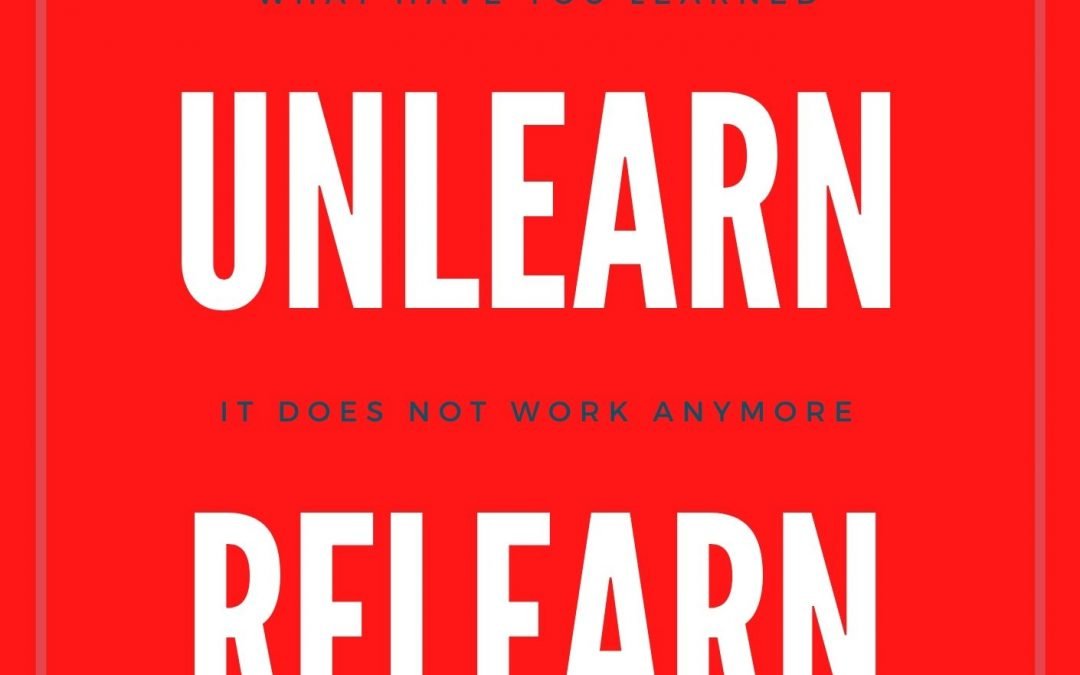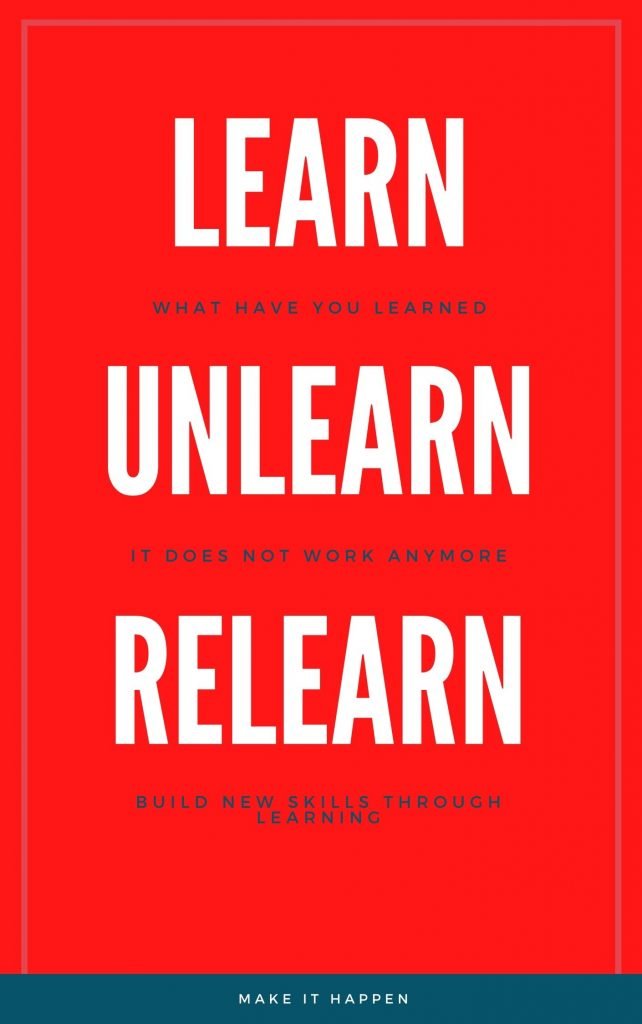
When somebody is using “Learn-Unlearn-Relearn” concept

What is the impact of being open to Learning?
I want to share the success story of the French owner of a car part designing and manufacturing company.
Their HR manager asked me to run a training for their shift and team leaders. The training was tough because I was bombarded with complaints about dire circumstances and many smaller and bigger critical working conditions.
I felt that participants were so full of negative thoughts that it was nearly impossible to make them pay attention and open them up for learning.
So I offered them to share their problems with the owner. They gave me their green light, and since they felt that someone cared about them, they started to be active in the workshop.
How to react to employee feedback
The day after the training, I sent a text message to the owner and told him that I heard some complaints about the working conditions in his company and asked him if he wanted to hear about them. He immediately shared his availability with me, and in a few days, we had our first meeting. He even booked a meeting room in a hotel to have a safe place for confidential discussions. He took notes and listened carefully to every word I said. He sometimes stopped me and asked for clarification.
A week later, he called me and asked if I was willing to coach him and told me about the changes he initiated. I was so impressed by his speed of action!
During his 10-session coaching journey, he did a lot of self-reflection about the management culture in his company. Very soon, his organization saw some significant changes. The reforms enacted were over 15 years ago.
Yesterday I attended a company event with his management team. He was also there. I observed how carefully he was making sure that nobody had to stay alone at dinner. He even put together tables so that people could sit together in bigger groups. Attention to detail has always been essential for him. It felt amazing to think back on how huge the impact of self-reflection, willingness, and ability to change can be. The once “cold” owner became an exceptional, inspiring leader with superior emotional intelligence. He needed openness for feedback, even if it hurt a lot sometimes, to look into the mirror, unlearn old habits, and learn new tools and techniques for his management skillset.







